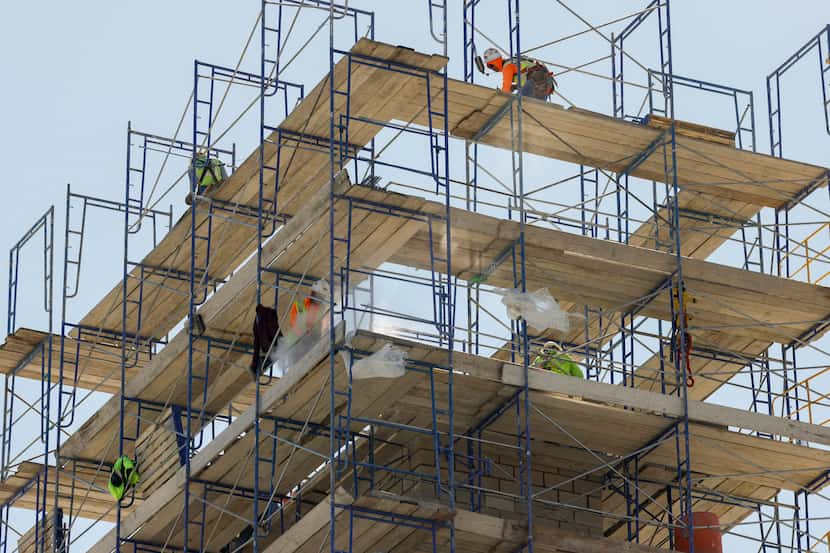Last week, Richardson-based real estate software company RealPage, Inc. issued a news release titled “Statement from RealPage: The Real Story.”
The artificial intelligence-enabled platform came under scrutiny in October 2022 after a report from news outlet Pro Publica said an algorithm from the company aided landlords in raising rents and created an environment to collude with one another to do so. Other publications picked up the narrative. Lawsuits followed that alleged rent-fixing.
RealPage’s conclusion — beyond the assertion that its customers are in charge of setting rents — is the real issue is housing affordability.
“Housing affordability, including the lack of affordable rental housing, is a critically important national problem created by a host of complex economic and political forces,” RealPage began.
Its listed reasons are as follows: “persistent undersupply of rental housing units; increasing demand for rental housing in many areas of the country; inflationary pressures that affect costs to build, insure and manage housing properties; inefficient or unnecessarily onerous permit and zoning requirements; higher mortgage rates and home prices driving more people to rent rather than own their own homes; and changes in where and how people choose to live.”
While no solutions were offered, the list is hard to argue with.
It’s also a list that’s not going to change anytime soon.
Capital markets remain constrained, battered by high interest rates and banks not only leery of new commercial real estate loans, but bracing for ones that could go belly up.
Caitlin Sugrue Walter of the National Multifamily Housing Council said at the National Association of Real Estate Editors Annual Real Estate Journalism Conference on June 20 that during and after the COVID-19 pandemic most development and construction delays dealt with part-related shortages.
Now, the delays are due to financial uncertainty.
In addition to complicated economic factors, building costs have not returned to pre-pandemic levels for most materials, and items like operating costs, insurance and property taxes continue to tick up at a marked clip. They all, in turn, curb the financial feasibility of new housing.
There are also markets that will see a substantial amount of new apartments come online this year and next, including Dallas-Fort Worth. The region led the country in apartment building for years.
This ecosystem has translated into a softening in rents and rent growth after some eye-popping pandemic-era spikes. That circumstance is being met with fewer apartment starts, meaning fewer dwellings in the immediate pipeline.
“We are really setting ourselves up to continue this affordability problem if things don’t get sorted out on the financial side,” said Walter of the national issue.
During the same conference on a panel on planning large-scale communities, Mark Meyer, a principal at Dallas-based landscape architecture firm TBG Partners, acknowledged the difficulties in building affordable communities in general.
He said his own first home cost about $130,000, and that same 2,500-square-foot home probably would go for about $500,000 to $600,000 in the Dallas or Austin markets today.
“You don’t want the government to step in and say, you know, ‘This is the price you need to be at,’” said Meyer.
“But I do think as developers when we look at product and we work with our builders ... we have to work harder with those builders to figure out how we create product on smaller lots that is actually more efficient and try to lower that price. It’s the hardest part of our game right now.”
The shortage of single-family homes continues to keep demand high for multifamily units, according to CBRE’s chief economist and head of global research, Richard Barkham.
In the short term, that will help the excess apartments being built get absorbed, and that’s a good thing.




